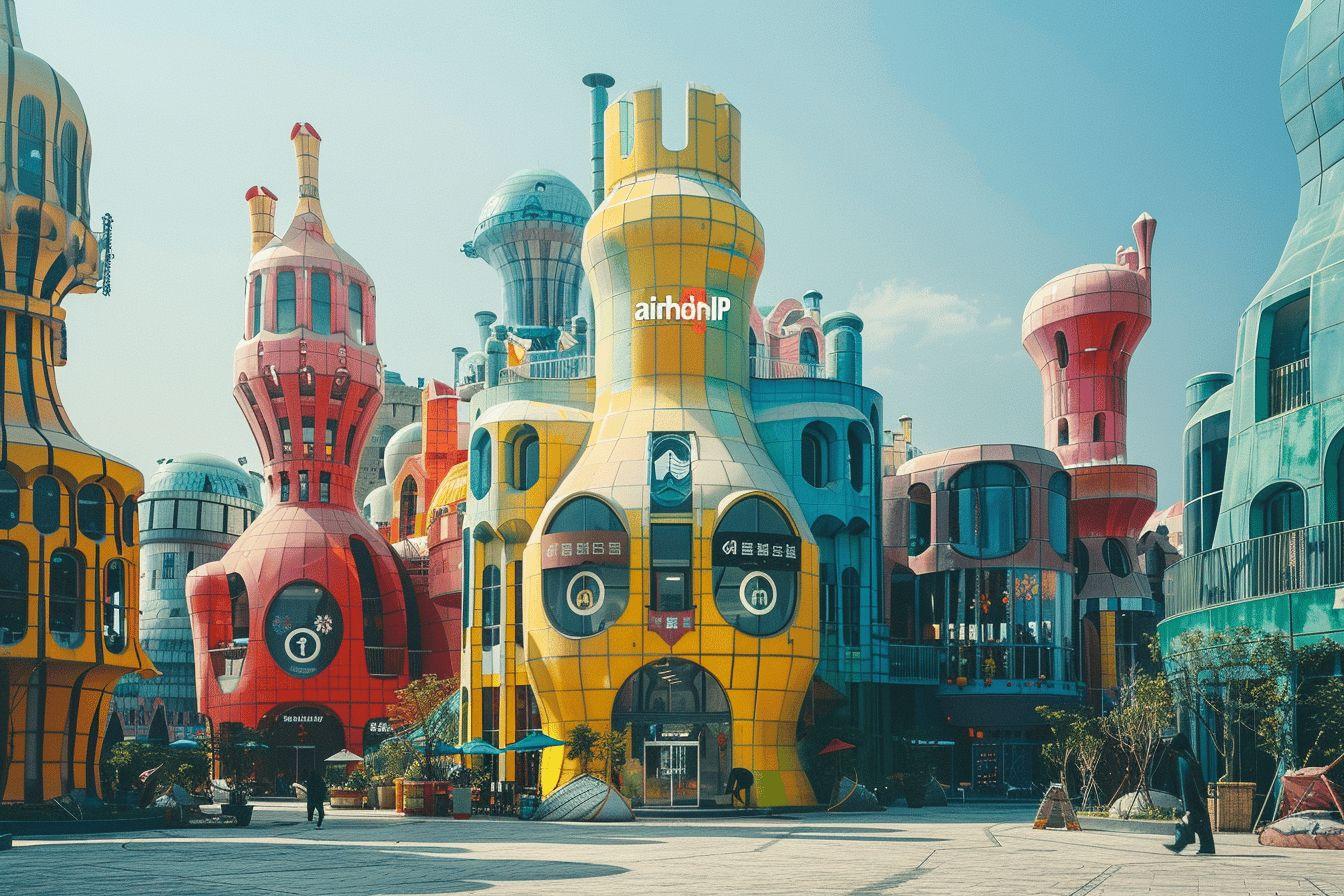The world of Airbnb is full of creativity and innovation when it comes to design. The vacation rental platform has set itself apart with a unique aesthetic approach, both in its ads and in its workspaces. Let’s analyze how Airbnb uses design to create memorable experiences for travelers and a stimulating environment for its employees.
The importance of design in Airbnb’s identity
Design is at the heart of Airbnb’s visual identity. Right from the start, the company understood the crucial importance of aesthetics and visual quality in attracting and retaining users. This attention to design is reflected in every aspect of the platform:
– The distinctive graphic style: Airbnb has developed a consistent graphic charter, with carefully chosen fonts and colors to convey a warm and welcoming image.
– Highlighting photos: Airbnb listings place a premium on quality images, enabling travelers to project themselves into the places on offer.
– Intuitive user interface: The platform’s user-friendliness is a key factor in its success, with fluid navigation and well-thought-out functionalities.
This design-centric approach has enabled Airbnb to stand out in the vacation rental sector and create a unique user experience. The following chart illustrates the evolution of Airbnb’s design over the years:
| Year | Design evolution |
|---|---|
| 2008 | Launch with basic design |
| 2014 | Major overhaul of visual identity |
| 2018 | Introduction of the “Design” category |
| 2025 | Integration of augmented reality in ads |
Design accommodations voted for by travelers
Airbnb offers a vast selection of carefully designed and personalized accommodations, which are a big hit with users. These unique accommodations stand out for their creativity and originality, offering travelers unforgettable experiences. Here are just a few features of the most popular design accommodations on the platform:
- Innovative architecture
- Original interior design
- Harmony with the local environment
- Elegantly integrated high-tech equipment
- Noble, durable materials
These designer accommodations can be found all over the world, from urban lofts to tree houses to architect-designed homes. Airbnb highlights these exceptional properties through its “Design” category, allowing travelers to discover unique spaces inspired by their surroundings.
The platform also collaborates with renowned architects and designers to create immersive experiences in iconic locations. For example, Airbnb has offered exclusive stays in historic monuments such as the Colosseum, thereby providing unique opportunities for lovers of design and history.

Design at the heart of Airbnb workspaces
Airbnb’s commitment to design is not limited to its listings. The company applies the same creative principles to its own offices, creating innovative and inspiring workspaces for its employees. These environments are designed to :
1. Encourage collaboration and the exchange of ideas
2. Reflect local identity and culture
3. Stimulate creativity and innovation
4. Create a sense of belonging among employees
Airbnb’s offices incorporate local and noble materials, thus creating a tangible link with the environment in which they are set. This approach allows each workspace to be customized to local cities and audiences, while maintaining an overall consistency with the brand’s identity.
For example, Airbnb’s San Francisco offices are inspired by the city’s iconic architecture, while those in Tokyo incorporate elements of traditional Japanese design. This attention to detail creates a unique atmosphere in each office, reflecting the diversity of experiences offered on the platform.
The future of design at Airbnb
Airbnb continues to innovate in design, visiting new ways to create immersive experiences for travelers. The company is investing in emerging technologies such as virtual reality and augmented reality to enable users to view accommodations more interactively before booking.
And also, Airbnb is committed to sustainable design initiatives, encouraging hosts to adopt eco-responsible practices in the design of their spaces. This approach is part of a broader vision of responsible tourism, where design plays a crucial role in creating eco-friendly travel experiences.
In short, design is much more than just aesthetics for Airbnb. It’s a fundamental pillar of its strategy, enabling it to stand out in a competitive market and create meaningful connections between travelers, hosts and the places they share. As the company evolves, design will undoubtedly continue to play a central role in its innovation and growth.


